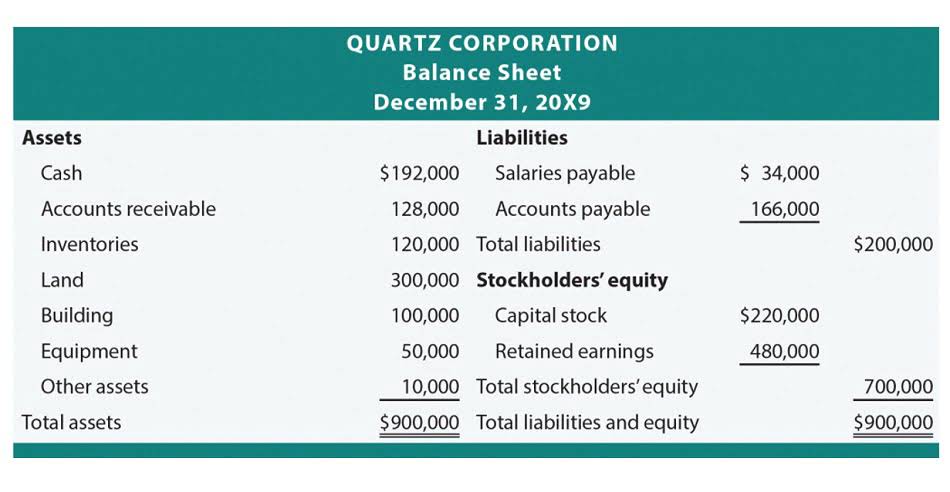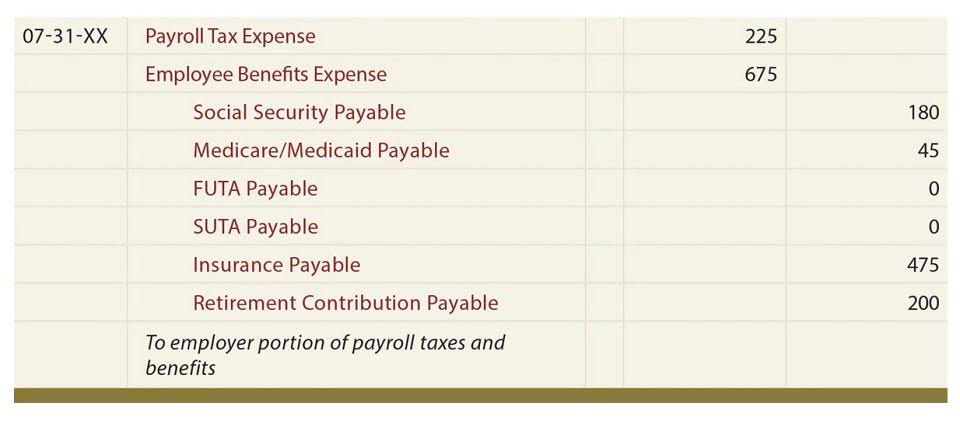
As you can see, even though the markup percentages vary, the corresponding margin percentages differ. This highlights the distinction between the two measurements and shows why it’s crucial to understand both when setting your prices. In simpler terms, a 60% markup means adding $30 (60% of $50) to the cost price, resulting in a selling price of $80. You can also use our markup calculator to solve for the same equation, or any other markup amount you want to determine. Understanding the distinction between margin and markup is essential when it comes to pricing products and services. Whether you’re a business owner, a CFO, or a savvy shopper looking to decipher pricing strategies, this knowledge is invaluable.
Margin: Evaluating Profitability
Having a markup that is too low may result in business failure instead of eCommerce growth. Say your company creates neon signs that cost $120 to manufacture. Let’s say the cost for one of Archon Optical’s products, Zealot sunglasses, is $18.
What is a margin percentage?

One of which is understanding the financial side of things like learning about “what is margin? ” Markup and the margin definition are two of the most important numbers that a business owner or manager needs to know. Sortly is an inventory management solution that helps you track, manage, and explain the difference between a markup and a margin. organize your inventory from any device, in any location. We’re an easy-to-use inventory software that’s perfect for large or small businesses. Sortly builds inventory tracking seamlessly into your workday so you can save time and money, satisfy your customers, and help your business succeed.

Managing markup and margin with MYOB

While some businesses, like Calla Shoes, calculate margin and markup, most small and mid-sized businesses choose just one, says Edwards. “Margin is typically better suited to businesses that are starting out, that provide a service or which have variable costs,” he says. Whereas markup is typically suited to businesses that produce products, or which have more fixed costs, as it helps ensure continued profit as costs rise, without having to revisit pricing. Since a product’s markup is higher than its margin, mistaking the two can be quite costly. If you accidentally markup the price based on margin, you’ll be pricing products too low. This will result in lost revenue and your margin will be much lower than planned.

Markup is the amount you add to the cost of a product to get the sale price. Markup shows how much money is being made on an item relative to its original cost and is generally expressed as a percentage. Unlike margin, you control markup – while it has to be managed thoughtfully, it’s one lever that can be pulled to raise profitability. https://www.bookstime.com/ You can set fixed prices for your products, but a fixed markup will always keep your price a consistent percentage above your cost. If you have to update prices on multiple products weekly, this simple feature could save you hours. And you’ll rest easier knowing that your business is making money on each sale, even as your costs change.
Markup formula
- It takes into account all costs, including both variable and fixed expenses.
- Margin, on the other hand, is the difference between your selling price and your production cost price.
- For example, let’s say you have a product that costs you $10 to produce.
- Factors such as production costs, competitive pricing, market demand, and anticipated discounts are taken into account when calculating the initial markup.
- This can be very detrimental to your business if you’ve increased costs like overhead expenses or set inventory KPIs based on flawed pricing.
- Your gross profit would be $10, but your profit margin percentage would be 50%.
From looking at these two examples of markup vs. margin, it’s easy to see why the terms are often confused. However, you can see that the markup percentage is higher than the margin percentage. Margin, on the other hand, is a term that can refer to several things but is most often used to indicate a firm’s sales profits. This figure is also known as a firm’s price-cost margin, gross margin, or contribution margin.

